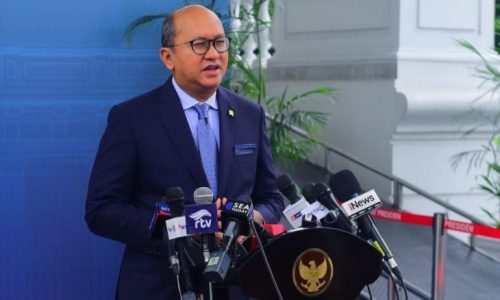President Director of PT Bank Negara Indonesia (BBNI), Royke Tumilaar, has revealed that tight liquidity in the Indonesian banking sector is influenced by various external factors, the prime one is the prospect of US interest rate policy under the Donald Trump administration, which is expected to make it difficult for The Fed to lower interest rates.
Royke said that Trump’s victory could encourage policies that tend to be protectionist, such as import tariffs and tax cuts, which have the potential to increase inflation in the United States.
“Our initial expectation was that the U.S. interest rates would fall quite aggressively, but with Trump’s policy, the decline seems difficult to realize. This has an impact on significant liquidity pressure for banks to expand in 2025,” Royke told a hearing with the House of Representatives (DPR), on Wednesday, November 13, 2024.
He cited that the high interest rate policy of theIndonesian Central Bank (BI) also influenced the movement of Third Party Funds (DPK). When BI’s interest rate is high, investors tend to shift funds from banking to government investment instruments that offer higher returns. This condition tightens banking liquidity, thus affecting credit expansion space.
Similarly, President Director of PT Bank Mandiri (BMRI), Darmawan Junaidi, said that liquidity conditions remain tight despite the decline in interest rates. This is due to Bank Indonesia Rupiah Securities (SRBI), which continues to offer high yields, providing the market with alternative investments with more attractive returns compared to conventional banking products.
“The trend of declining interest rates is not immediately followed by market reactions because investors see other channels with higher yields. Interest rates have indeed fallen, but bank funding costs in aggregate have actually increased,” Darmawan said as quoted by Kontan.
The two president directors, however, are optimistic that the government economic policy support can help overcome liquidity challenges.
Royke emphasized the importance of synchronizing monetary and fiscal policies to support people’s purchasing power, investment, and the agricultural sector, in order to ensure the sustainability of economic programs.









